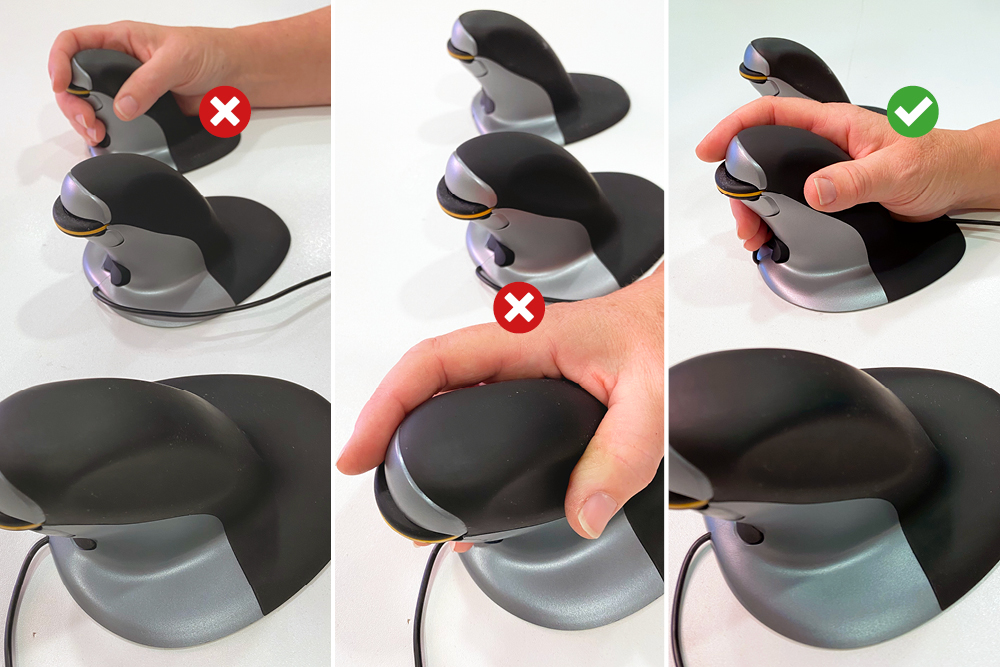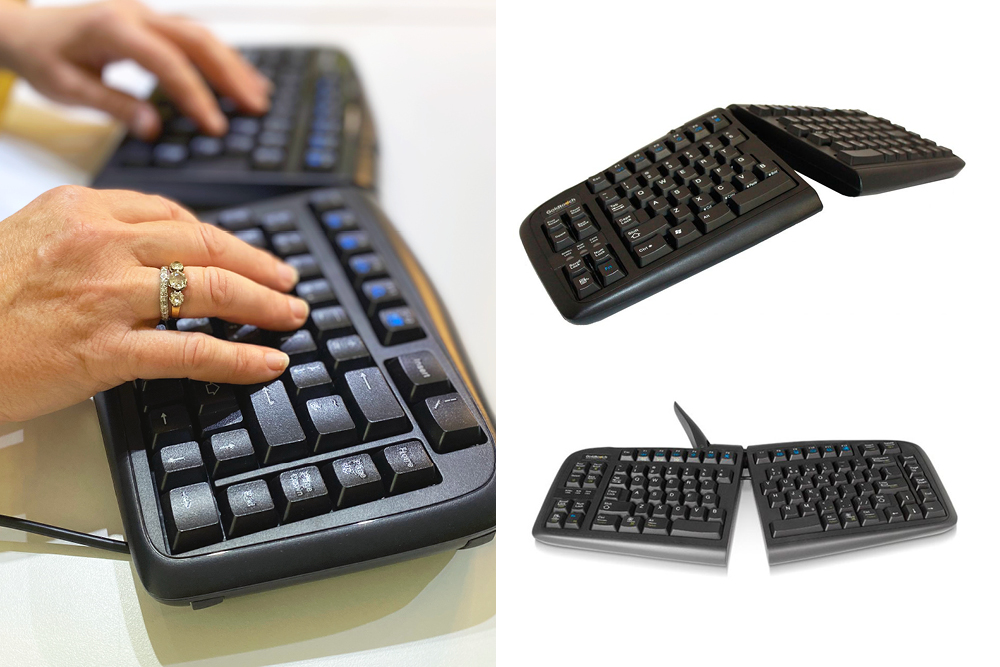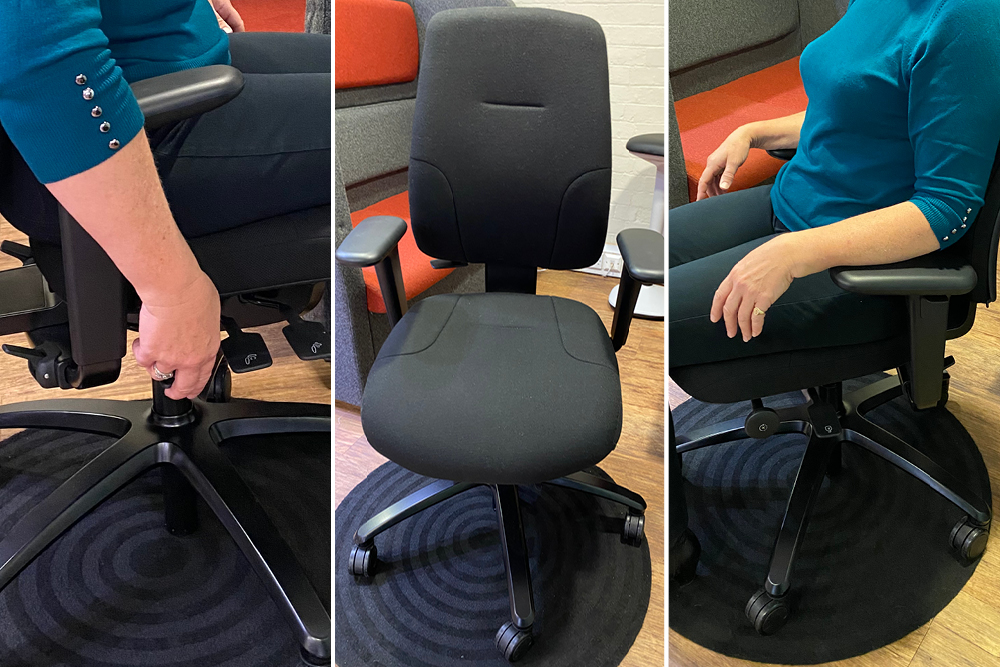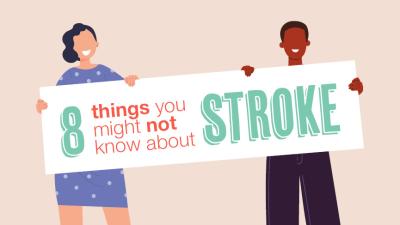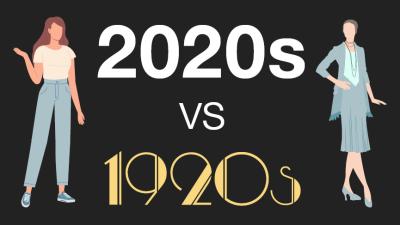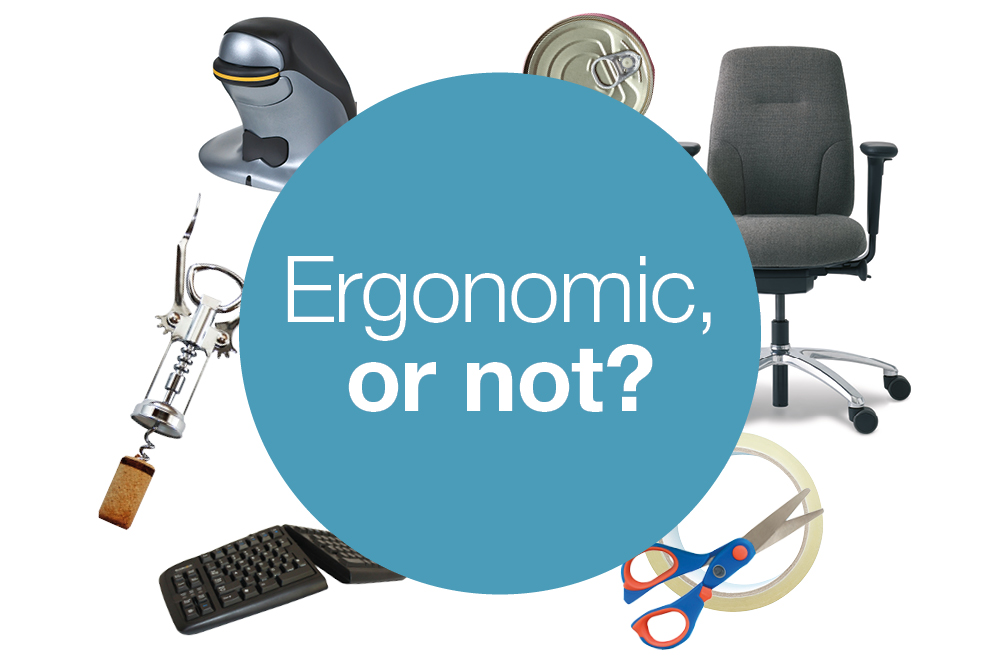 We all have a vague idea of what ‘ergonomic’ means; if we’re looking for an office chair, we might expect an ergonomic office chair to be comfortable, adjustable and well-designed for working at a desk. But is there more to it than that? We’re all different, so how can something that’s comfortable for one person be uncomfortable or unsuitable for another?
We all have a vague idea of what ‘ergonomic’ means; if we’re looking for an office chair, we might expect an ergonomic office chair to be comfortable, adjustable and well-designed for working at a desk. But is there more to it than that? We’re all different, so how can something that’s comfortable for one person be uncomfortable or unsuitable for another?
For this article, I’ve had a tête-à-tête with Posturite’s Head Consultant in Ergonomics and Health and Safety Katharine Metters, and we’ve dived into a box of office and household products to discuss ‘ergonomic, or not?’. More than an excuse to compare notes on the world’s best corkscrew, we look at ingenious design features and what makes an item or tool a pleasure – or indeed a nightmare – to use.
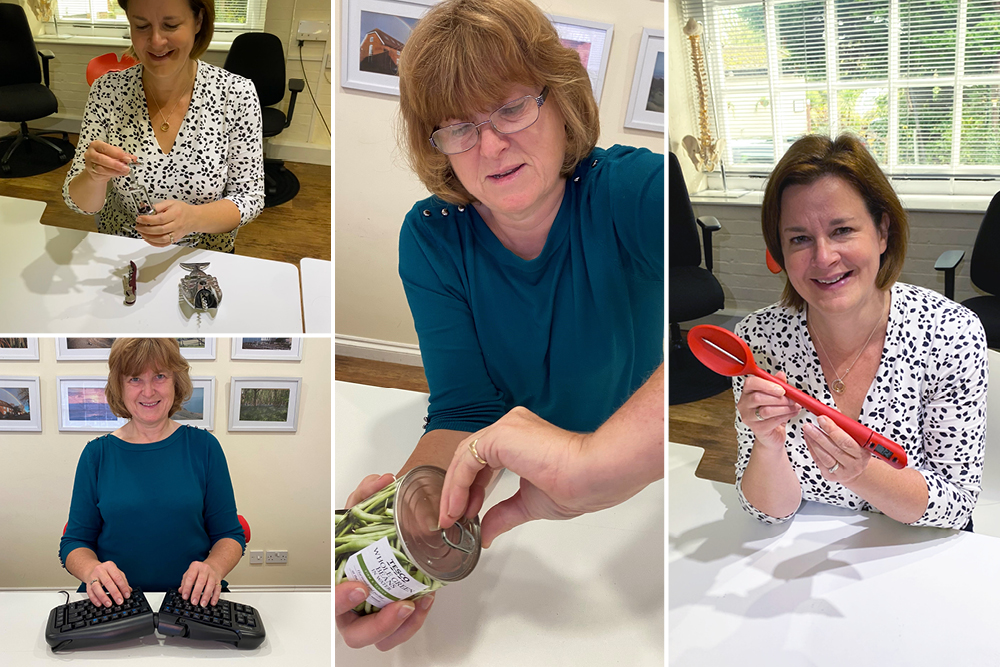
Unlike a pork pie only being able to call itself a Melton Mowbray Pork Pie if it has its proof of origin and specific recipe, calling a product ‘ergonomic’ is looser, with few restrictions. So it’s best to choose your supplier of ergonomic products carefully, and check out if they have people whose expertise you trust.
What’s a good definition of ergonomics?
Loughborough University has a good definition of ergonomics: it’s how best to ensure a good fit between people, their actions, the objects they use and the environments which they occupy. Katharine points out that systems are a pivotal part of ergonomics.
In this way, an ergonomic product should be a good fit for the task you want to do, for you as an individual and for where you want to do your task too.
The Penguin mouse
Aside from its iconic appearance and upright shape, one of the things that people love about the Penguin Ambidextrous Vertical Mouse is the ability to choose the mouse size that’s right for your hand size. You can measure your hand from the first crease on your wrist to the tip of your middle finger; if it’s less than 16cm the small mouse model is likely to be right for you, 16-18cm then choose the medium mouse, and if your hand measurement is 18cm then choose the large Penguin mouse.
So a vital and cool aspect of an ergonomic product can be its ability to meet your individual needs. Ergonomics recognises that humans are all different.
In a move that’s Goldilocks and The Three Bears all over, Katharine shows me the size of Penguin Mouse that’s just right for her. “The small mouse would be too small as I’d have to use a smaller and less optimal grip, whereas with a medium, I have good support and I’m not reaching or having a tense hand grip. However if I try to use the large option I'm failing just to reach the buttons effectively as I can only reach them with the last part of my finger.”
It’s about the comfort and efficiency of doing your tasks. And the tasks here are to move the cursor, select objects and click on buttons on your computer screen.
“I have seen a huge improvement in wrist/arm pain since I got this last week” wrote Matthew in his review of this bestselling vertical mouse.
A split keyboard
The great thing about the Goldtouch V2 Adjustable Comfort Keyboard is the adjustable split, because if you're quite petite, your ideal keyboard split is going to be different to a larger person with wider shoulders. You can adjust this keyboard so that your arms are relaxed, and your wrists are straight and align with your shoulders to create a natural and comfortable typing posture. It’s a clever ergonomic design because it gives you 30-degree adjustability both horizontally (wrist splay) and vertically (wrist pronation). Aside from the keys being just ‘nice’ to use, this ergonomic split keyboard really helps to improve a person’s working position – and therefore their productivity.
A jam-making spoon
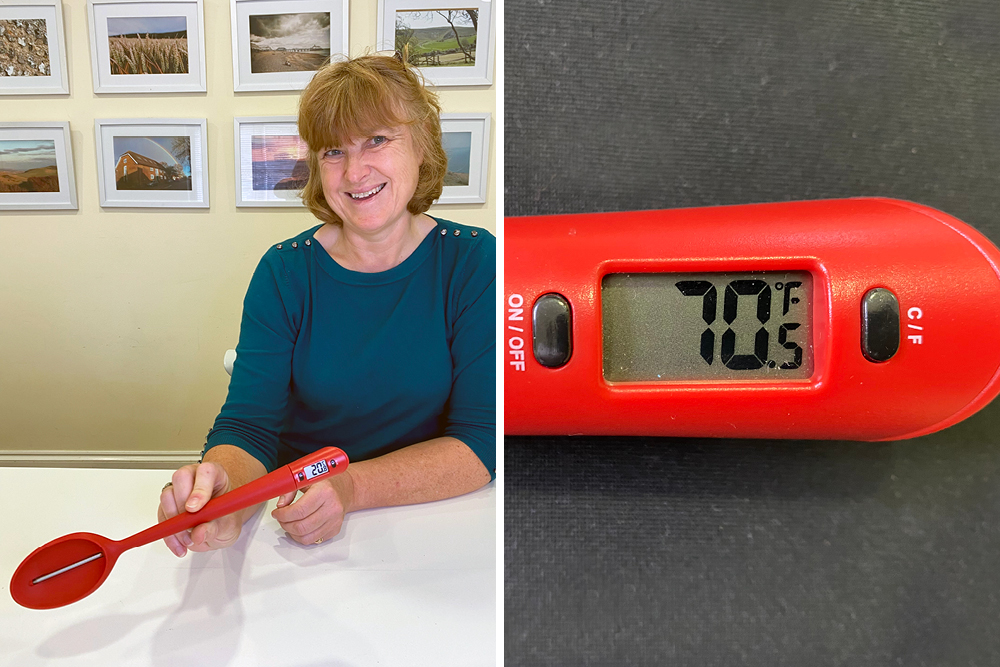
The kitchen boasts a whole host of clever ergonomic solutions too. The sticky business of making jam can be eased and enhanced simply with the right spoon. We had a look at the Thermo Spoon by Homemade which measures the temperature of the jam. “I think it’s genius!” exclaims Katharine Metters. “Because actually what you want is to know the real temperature of the jam and when it is ready, and you'll get this when you're stirring. Before you had a separate tool for measuring the temperature and a separate tool for stirring. The screen gives you a really clear reading.” It’s a product that she finds helpful simply because it does the job effectively and safely.
Sticky tape

Uggh, wrangling with sticky tape can be an irritating struggle. You can’t find the end of the tape and the roll spins around when you’re trying to cut it. Yes, we can use a tape dispenser though these are as yet imperfect in effective design too we feel, and Katharine and I would like to relegate sticky tape to the realms of ‘not ergonomic’:
- It’s inefficient to use
- It’s not comfortable to use
- It's not sufficiently easy to achieve your task
Still work to be done please, product designers! We can’t continue to leave poor exhausted parents with this conundrum late at night on the 24th of December.
The RH Logic 200 task chair
One of the most common applications of the term ‘ergonomic’ is to the task chair, AKA the office chair.
We’ll first of all get to the nitty gritty of why you wouldn’t want to use an ordinary ‘kitchen’ chair to sit and work for long at a computer. Above all and in very broad terms, it’s because it’s not adjustable and it doesn’t give you back support. An ordinary, basic chair doesn’t allow you to adjust the height and correct your body’s positioning and relationship with the desk and your equipment.
Let’s now look at just one example that is genuinely ergonomic in design for many people – the RH Logic 200 chair. As well as being adjustable in height, this task chair has an adjustable seat depth, adjustable backrest angle, an integrated inflatable lumbar pump providing bespoke support for the lower back, a waterfall edge seat to reduce pressure on your thighs and an ingenious adjustable and lockable movement mechanism to encourage supported movement. Its backrest features a soft curve to keep your back relatively upright yet relaxed, mobilising your arms and shoulders for increased comfort in any position.
Did you notice the key word ‘adjustable’ there?
The RH Logic 200 chair has been designed to provide a good fit for a person who wants to carry out the action of working at a desk. It won’t be right for everyone because we are all different and some of us need even more specialist chairs. But the adjustability of the Logic chair make it ideal for a vast number of people and there’s an excellent sister model too – the RH Logic 220.
One of the product specialists at Posturite, Vikki Greer, is frequently asked ‘What’s the most suitable chair for someone who's tall?’. She explains that she needs a few additional measurements because two people who are both 5 ft 7 could have very different size ratios between their upper leg, lower leg and torso. This is brilliantly demonstrated in just 12 seconds in this video by Ksenia Senn! Armed with these leg and torso measurements, Vikki can then make a good recommendation for an office chair.
The ringpull on a tin

“A lot of these are so blooming close to the can lid and produce such a sharp edge!” points out Katharine, in frustration at the difficulty of swiftly and safely carrying out the basic task of opening a tin of food, especially for people with less dexterity.
Industrial design students, we look to you to redesign the humble ringpull. Katharine and I agree that most are not ergonomic, although some are improving.
Scissors
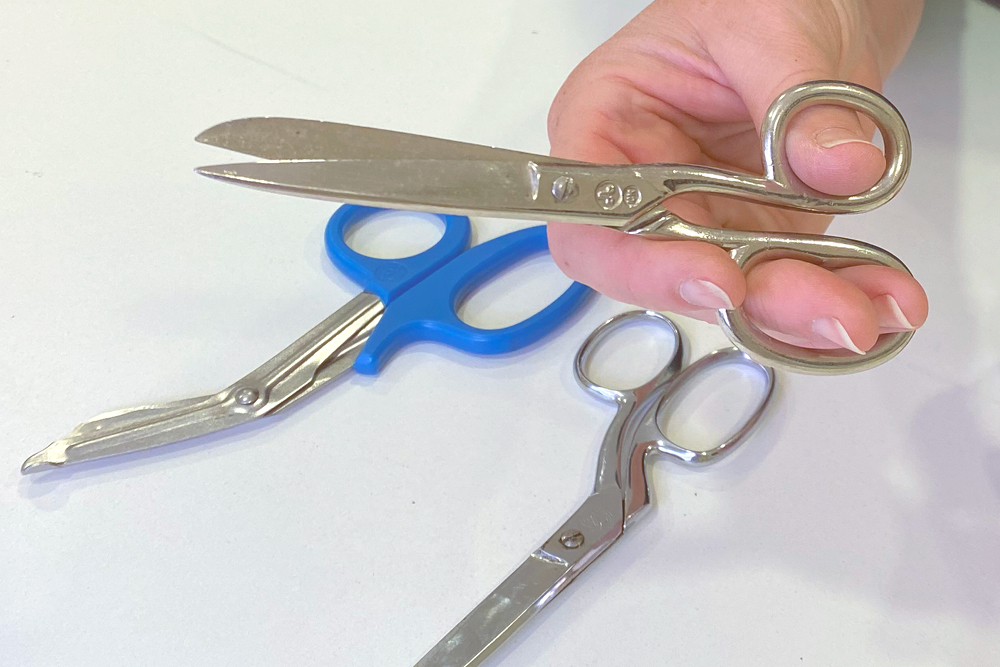
Scissors have had plenty of time to evolve in design, since they were invented nearly 4,000 years ago in Egypt. I’d say we can thank ergonomics for the different scissors designed for different tasks and environments that we now have. Think of all the slightly different scissor shapes, sizes and materials now available including:
- Children’s scissors with safer, blunter blades
- Small nail scissors
- Robust kitchen scissors
- Small, delicate embroidery scissors
- Beard trimming scissors
- Tough paramedic scissors with a serrated blade to cut through tough materials
“With ergonomic scissor design, it's knowing how the hand works to provide the pressure needed without creating discomfort, and then adapting the design to fit the task” says Katharine. “To get the best grip, the thumb which is strong needs to close towards the fingers. That's what makes our hands so flexible as humans; the fact that we have thumbs that move in a different plane to our fingers allows us to freely adopt many different hand shapes and thus functions.”
My debate with the Posturite Head Consultant in Ergonomics concludes with our need to say to KitKat – we don’t find your new wrapper ergonomic. We find it a big fat FAIL in user experience and we struggle to get the wrapper off in one piece as you intended. The KitKat inside remains a big draw though!
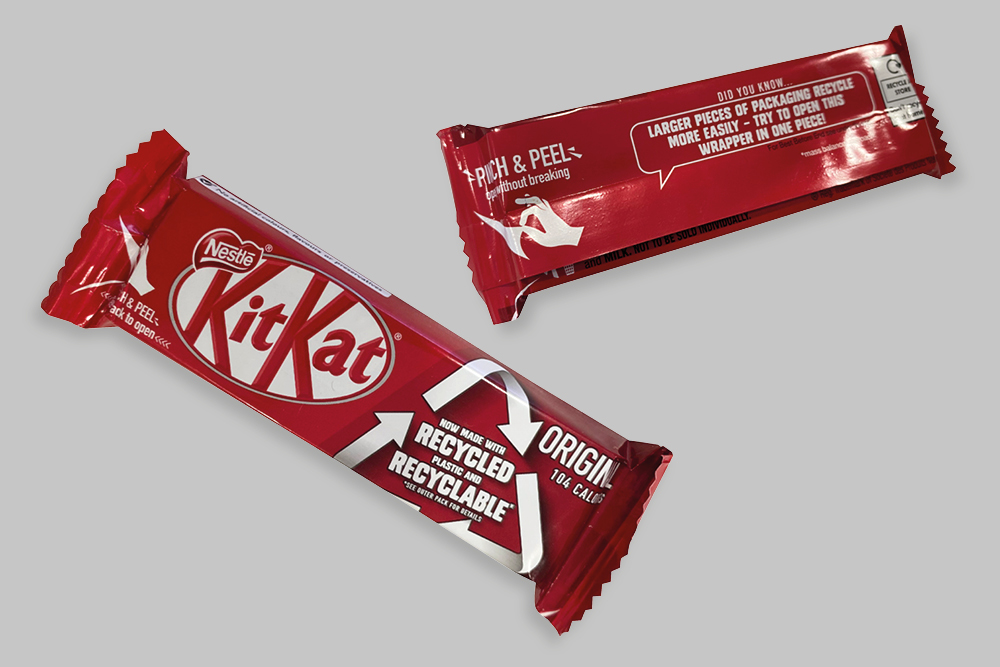
But on a more serious note, look out for all the adjustable and well-designed pieces of ergonomic equipment that could help you to operate more efficiently, happily, comfortably and productively in your work and in your spare time. And it’s easy and free to ask an ergonomic product expert a question on what might be right for you individually on the Posturite Live Chat.
It will be worth your while.





